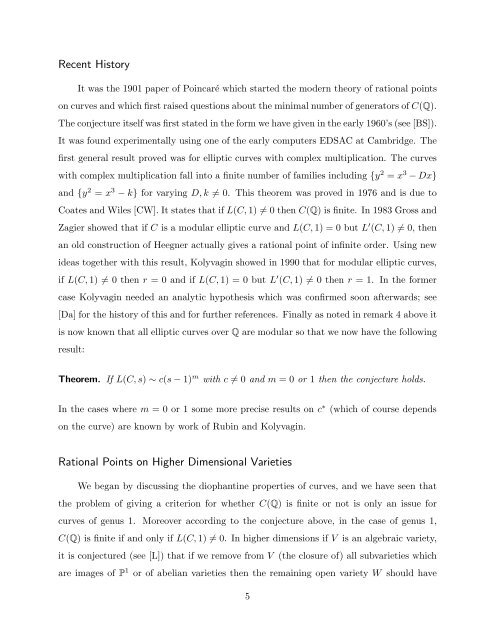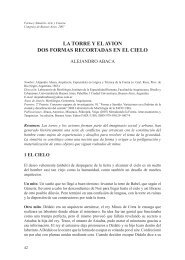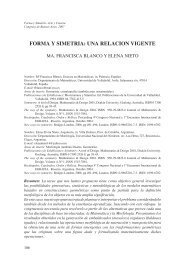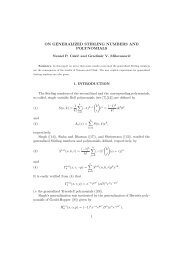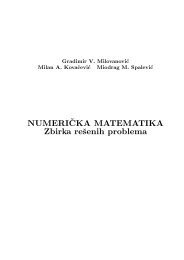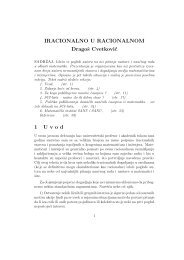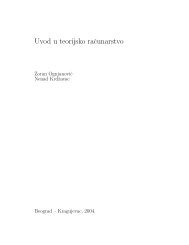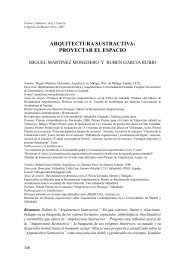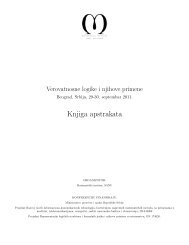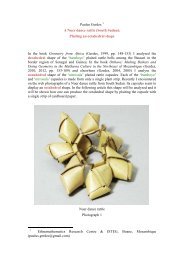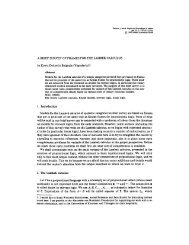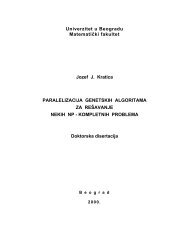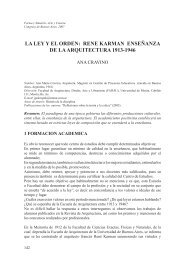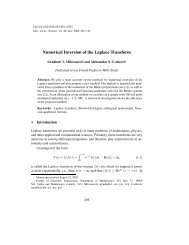The Birch and Swinnerton-Dyer Conjecture
The Birch and Swinnerton-Dyer Conjecture
The Birch and Swinnerton-Dyer Conjecture
You also want an ePaper? Increase the reach of your titles
YUMPU automatically turns print PDFs into web optimized ePapers that Google loves.
Recent History<br />
It was the 1901 paper of Poincaré which started the modern theory of rational points<br />
on curves <strong>and</strong> which first raised questions about the minimal number of generators of C(Q).<br />
<strong>The</strong> conjecture itself was first stated in the form we have given in the early 1960’s (see [BS]).<br />
It was found experimentally using one of the early computers EDSAC at Cambridge. <strong>The</strong><br />
first general result proved was for elliptic curves with complex multiplication. <strong>The</strong> curves<br />
with complex multiplication fall into a finite number of families including {y 2 = x 3 − Dx}<br />
<strong>and</strong> {y 2 = x 3 − k} for varying D, k ≠ 0. This theorem was proved in 1976 <strong>and</strong> is due to<br />
Coates <strong>and</strong> Wiles [CW]. It states that if L(C, 1) ≠0thenC(Q) is finite. In 1983 Gross <strong>and</strong><br />
Zagier showed that if C is a modular elliptic curve <strong>and</strong> L(C, 1) = 0 but L ′ (C, 1) ≠0,then<br />
an old construction of Heegner actually gives a rational point of infinite order. Using new<br />
ideas together with this result,Kolyvagin showed in 1990 that for modular elliptic curves,<br />
if L(C, 1) ≠0thenr =0<strong>and</strong>ifL(C, 1) = 0 but L ′ (C, 1) ≠0thenr = 1. In the former<br />
case Kolyvagin needed an analytic hypothesis which was confirmed soon afterwards; see<br />
[Da] for the history of this <strong>and</strong> for further references. Finally as noted in remark 4 above it<br />
is now known that all elliptic curves over Q are modular so that we now have the following<br />
result:<br />
<strong>The</strong>orem. If L(C, s) ∼ c(s − 1) m with c ≠0<strong>and</strong> m =0or 1 then the conjecture holds.<br />
In the cases where m = 0 or 1 some more precise results on c ∗ (which of course depends<br />
on the curve) are known by work of Rubin <strong>and</strong> Kolyvagin.<br />
Rational Points on Higher Dimensional Varieties<br />
We began by discussing the diophantine properties of curves,<strong>and</strong> we have seen that<br />
the problem of giving a criterion for whether C(Q) is finite or not is only an issue for<br />
curves of genus 1. Moreover according to the conjecture above,in the case of genus 1,<br />
C(Q) is finite if <strong>and</strong> only if L(C, 1) ≠ 0. In higher dimensions if V is an algebraic variety,<br />
it is conjectured (see [L]) that if we remove from V (the closure of) all subvarieties which<br />
are images of P 1 or of abelian varieties then the remaining open variety W should have<br />
5


